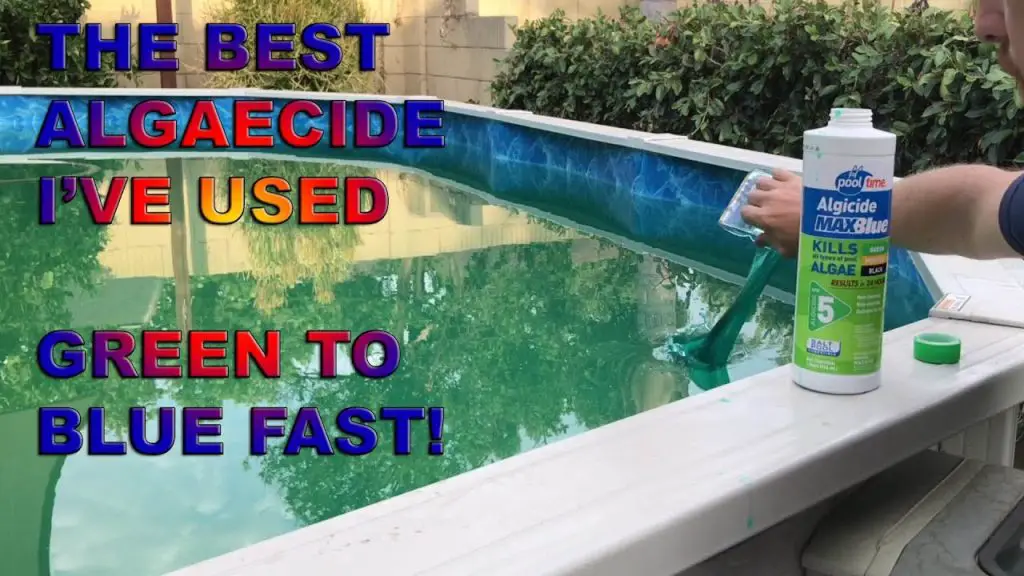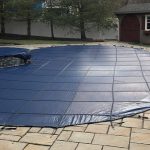Having a clean and refreshing pool is essential for enjoying those hot summer days. However, sometimes those pesky algae can find their way into your pool, turning the water green and making it unsafe for swimming. But fret not, as we have some effective methods to help you remove algae from your pool and restore its clarity. Read on to find out how!
1. Identify the Type of Algae
Before you can effectively treat the algae in your pool, it’s important to identify the type of algae present. Algae can be green, black, mustard, or pink, with each type requiring a slightly different treatment approach. By understanding the specific type of algae in your pool, you can choose the most effective solution.

Credit: www.lakeshorepoolsandtubs.com
2. Test the Water
The next step is to test the chemical balance of your pool water. You can use a pool water testing kit to measure the pH level, alkalinity, and chlorine levels. This will help you determine if any adjustments need to be made before proceeding with the algae removal process.
3. Brush the Pool Walls and Floor
Using a pool brush, thoroughly scrub the walls and floor of your pool. Algae can cling to these surfaces, making it difficult for chemicals to reach and eliminate them. By brushing the pool, you loosen the algae and allow the treatment to work more effectively.
4. Shock the Pool
To kill algae and other contaminants, shock your pool with a high dose of chlorine or a pool shock treatment. Follow the package instructions for the appropriate amount to use based on your pool’s size. This process will kill the existing algae and prevent its growth.
5. Run the Pool Filter
After shocking the pool, it’s crucial to run the pool filter continuously for at least 24 hours. This will help remove the dead algae and any debris from the water. Ensure that the filter is clean and functioning properly to maintain optimal filtration.

Credit: m.youtube.com
6. Use Algaecide
In cases of severe algae infestation, using an algaecide can be beneficial. Algaecides are chemicals specifically designed to kill and prevent algae growth. Choose an algaecide that is suitable for your pool’s specific needs and follow the instructions carefully.
7. Clean and Maintain Your Pool
Prevention is the key to keeping algae at bay. Regular maintenance tasks like skimming the pool surface, vacuuming the pool floor, and cleaning the filter can help prevent algae from forming. Additionally, ensure the pH and chlorine levels are properly balanced to maintain a healthy pool.
Conclusion
Removing algae from your pool might seem like a daunting task, but by following these steps, you can achieve a crystal-clear pool once again. Remember to identify the type of algae, test the water, brush the pool walls and floor, shock the pool, run the filter, and use algaecide if necessary. With regular maintenance and diligent care, you can enjoy a clean and inviting pool all summer long!




